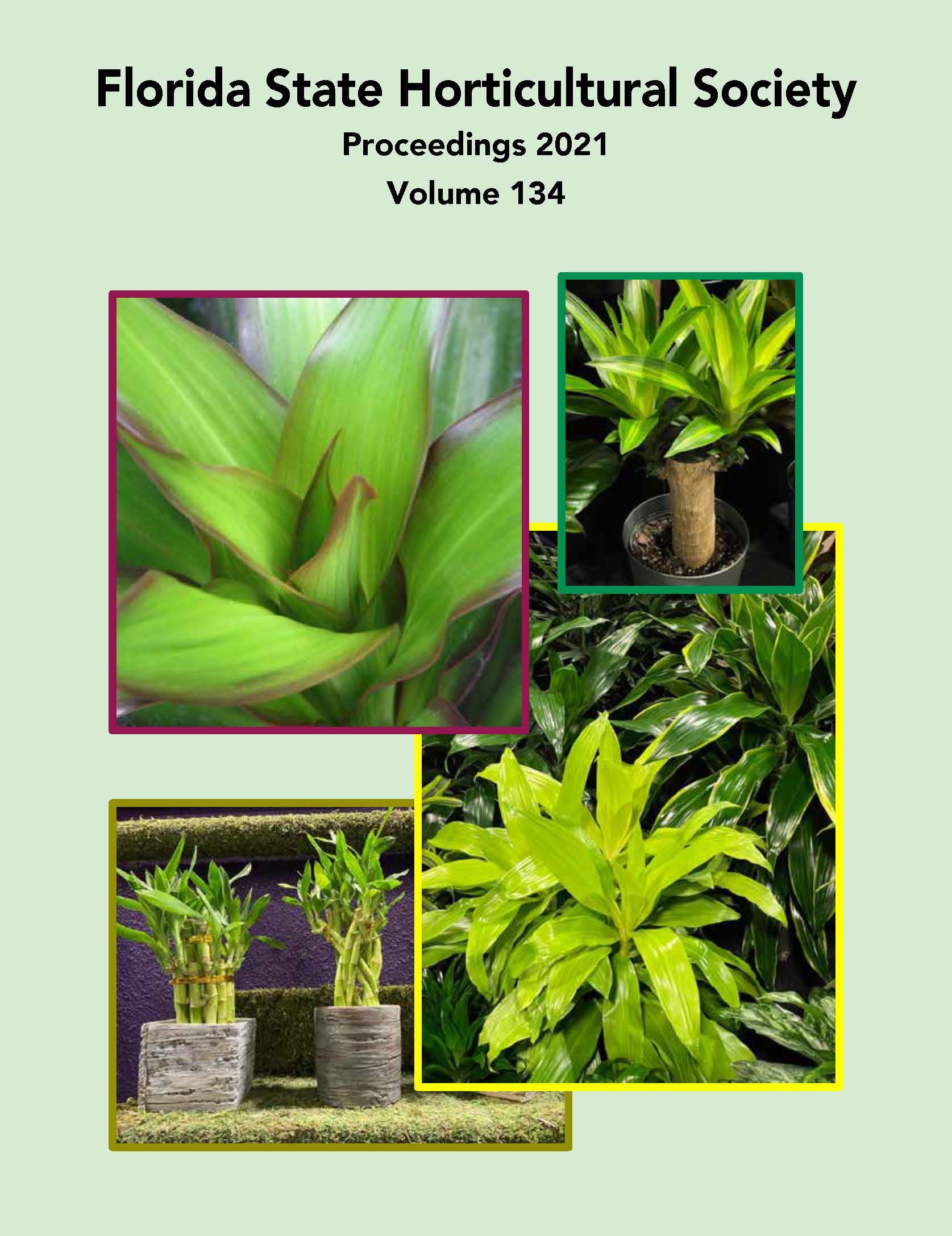Abstract
Watermelon growers choose planting dates every year considering multiple risks. North Florida growers report that timing their harvest to coincide with the best market window is their primary consideration. Earlier harvests typically find more favorable markets, but earlier planting has a higher risk of freeze damage. Research also indicates that risk of Fusarium wilt (a soilborne disease) is higher during cooler weather, adding to the risk of planting earlier. Thus, growers need to balance market risk (e.g., getting a low price) and production risk (e.g., lower harvest or higher cost due to freezing temperatures or disease) in selecting a planting date. The objective of our analysis is to examine the effect of planting date on the distribution of economic returns, considering these multiple risks. We estimate parameters of the probability distributions for key risk factors, based on input from watermelon growers, published price data, historical freeze data, experiment station trials, and the experience of specialists. The distribution of economic returns is then simulated for three planting windows using Simetar®, an add-in for Excel®. Results demonstrate planting date risk-return tradeoffs, validate the growers’ drive to plant early despite higher production risks, and identify thresholds at which delayed planting could be a favorable risk-management strategy.

